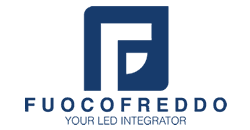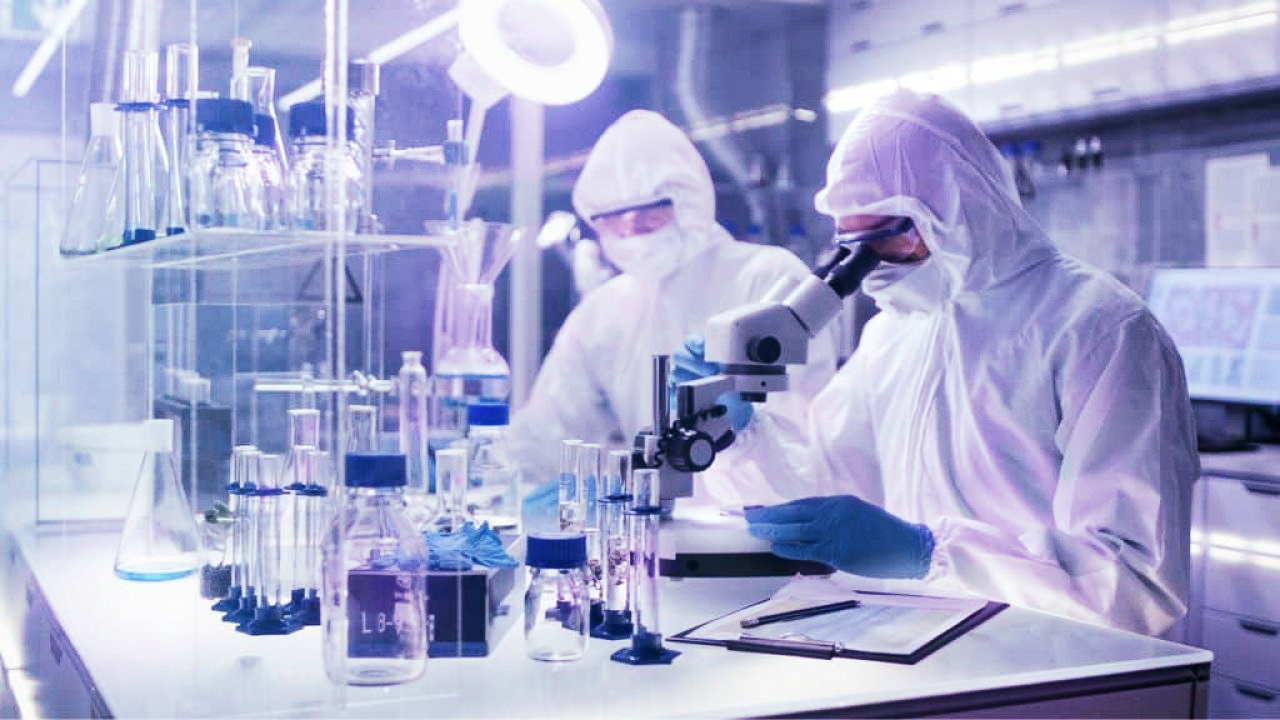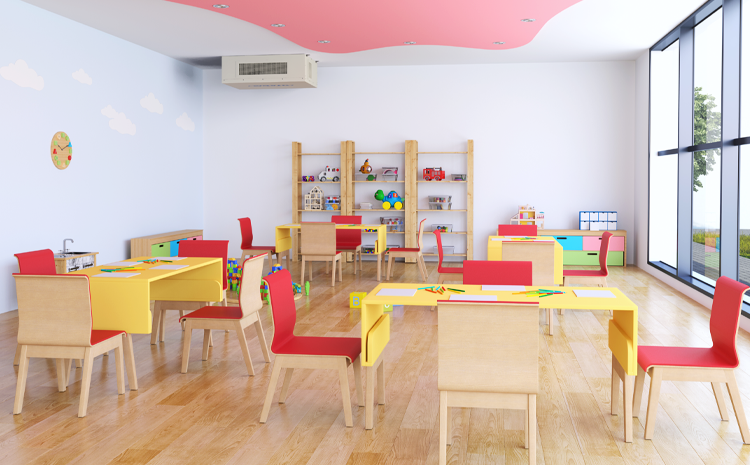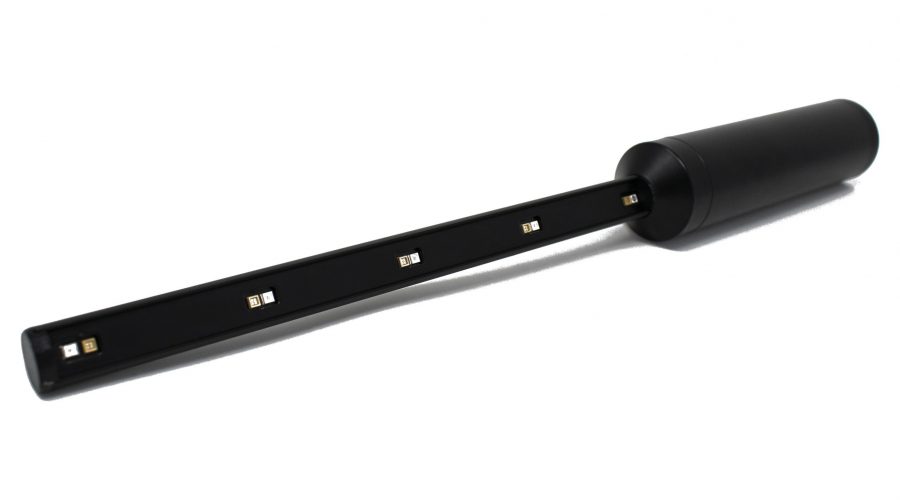The innovation of UVC LED technology
- Xlite-Fuocofreddo has a very wide experience in the lighting sector, how did you come to the UV-C world?
Our experience in the world of LED stems from over 20 years of continuous research, development and production in the world of lighting, but at the same time we have researched, invented and produced UVC LED systems for the biomedical world. The set of these experiences allow us today to support all customers in the most varied product sectors who need UVC products and / or develop germicidal solutions for their activities.
- What principle is this sanitation based on?
UV rays have wavelengths that fall into the invisible spectrum. The wavelength of most LEDs used for germicidal purposes is around 275 nanometers and have the ability to attack the DNA of microorganisms, dividing their bonds and blocking the reproductive capacity of viruses, bacteria, fungi, spores and yeasts
- UV-C LEDs, in which areas are they used?
UVC technology was born about a century ago and starting from the Second World War it was introduced in processing centers, in water treatment plants and in the healthcare sector. For a long time it remained a niche disinfection method until in recent decades, the advent of UVC LEDs made it possible to adapt to many uses thanks to the versatility of LED design. To date, UVCs are used in all sectors and the global health situation of the last year is increasing exponentially in demand.
- Can air and water also be treated?
Absolutely yes, everything can be treated. Depending on what you want to treat, you need to evaluate various parameters, such as: reflection index, refractive index, transmission index, radiant energy, degree of disinfection to be achieved.
- Should this type of sanitation be used in association with other methodologies?
Chemicals are very effective for disinfection and deep cleaning. But some microorganisms develop chemical resistance over time. Furthermore, not all materials can be disinfected with chemicals, just think of the food industry where you cannot risk putting chemical detergents in contact with food. All these disadvantages are not present in UV-Cs. For disinfection, a combination of several technologies is best. Because to obtain an optimal result, manual cleaning with chemical products is required, but with the combination of UV-C rays it is possible to use less aggressive disinfectants or to use lower quantities. UVC sanitation is safe and ecological.
- Does a sanitation methodology appear to be as widespread abroad as in Italy?
Of course, we can see UVC technology in British airports, in buses in China, in American water purifiers, in Swiss airliners. In short, in many other states they are already present, but it is a technology that is expanding all over the world, in all sectors.
- UV-C technology is little known to the general public, what should you pay attention to? How do you recognize a valid and above all safe product?
It is a little known technology and we are in a moment of strong expansion due to an ever increasing demand. In the last year, we have seen products flourish on the market that boast high disinfection in the face of bargain prices. These are the first products to be wary of as this technology has an initial cost that is amortized over time because it is durable and ensures very low power consumption. But the aspect that worries us most is the safety of these imported products thrown onto the end-user market. Very often they do not follow the photobiological safety requirements, and this can represent a danger to the health of the user. In fact, UV-C rays must be used correctly to ensure that they are not harmful to eyes and skin. Finally, these products have powers or work with ineffective wavelengths for disinfection. My advice is to avoid buying from generic resale sites, choose CE marked products and prefer Italian or European companies that can provide technical data, certifications and laboratory tests.
- You produce UV-C LEDs, but there are also traditional UV-C lamps, what’s the difference?
They are 2 totally different systems because they are based on different technologies. UVC lamps are the old technology that is disappearing from the market. The UVC LEDs represent the evolution: the electrical consumption (in some applications) is 1/5 compared to the lamps, the life time in hours is much higher, the LEDs do not suffer from switching on and off, switching on is they do not require heating time like the lamp, they do not produce ozone, do not contain mercury that is difficult to dispose of, and are adaptable to all installations.
- How has Covid-19 changed the UV-C market?
The Sars-Cov2 pandemic has revolutionized everyone’s personal and working life in a global way. We have had all kinds of requests in recent months: medical and dental offices that need to sanitize the air in waiting rooms, the knobs and handles that touch patients, opticians who must guarantee the disinfection of the glasses at every customer such as clothing in shops, taxi drivers, packaging companies, food companies, companies for the beverage sector, plumbing companies, television production companies, up to individual users who want to be quiet inside their home . This health emergency is affecting all sectors and this generates a strong demand.
– When the emergency is over, do you think we will have to continue with disinfection with UV-C rays?
We are all shocked by the year that has just passed and I think that this fear, uncertainty, helplessness, exasperated attention, have changed our way of life and I believe that we will be conditioned by the current situation for a long time to come. Surely there will be environments in which everything will return as before but many others in which higher hygiene standards must be guaranteed, just think of the hotel and hospitality sector, sports such as gyms and changing rooms, public and private transport, health in general. I therefore think that the world of UV-C Led will continue to grow thanks to the increasing demand, people have now learned to know this technology and to trust. We hope that the UVCs can represent an incentive to restart all sectors heavily affected by the economic crisis





